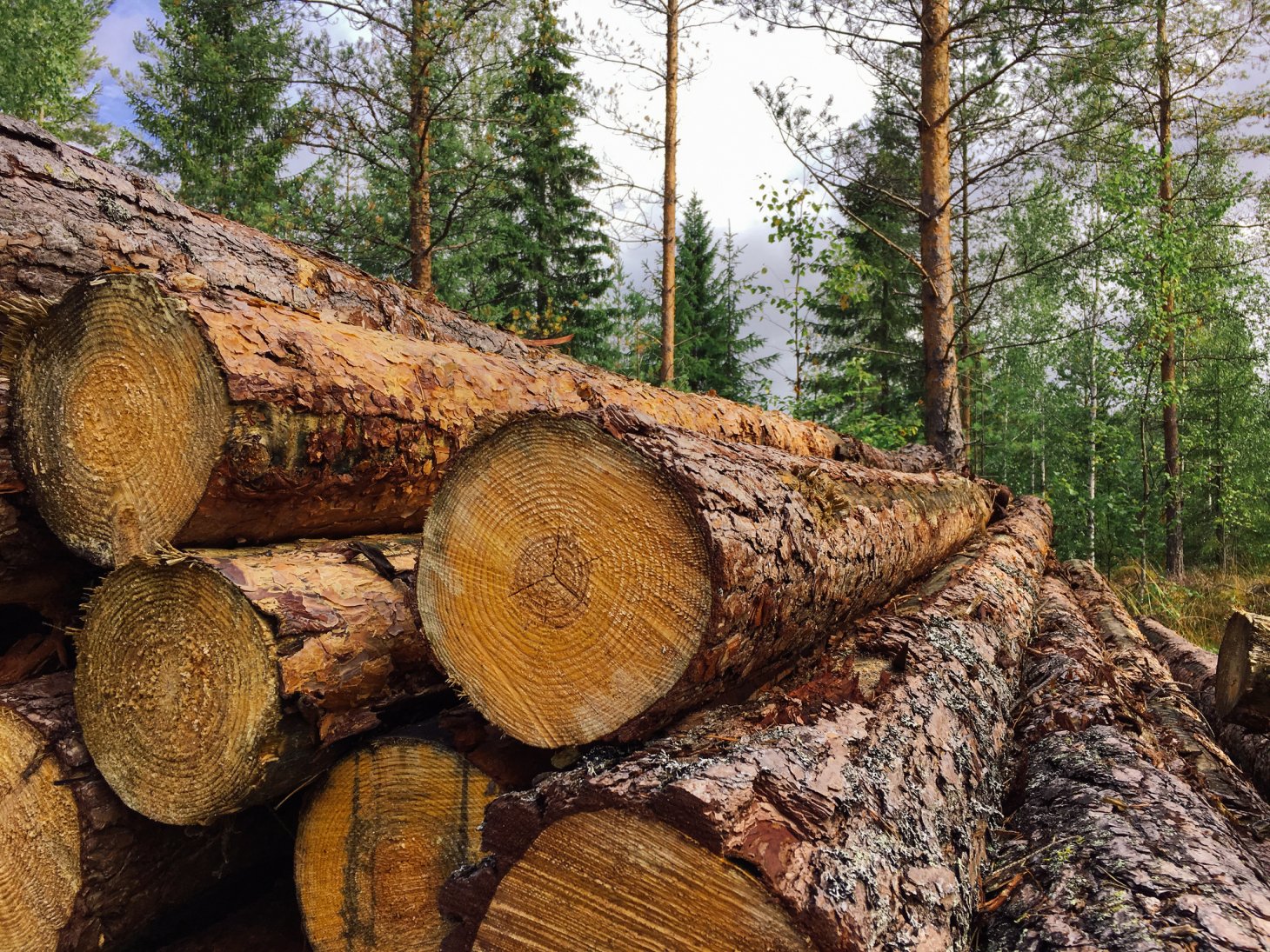
Facing a growing demand for housing, many believe that building with timber could be a sustainable answer to meet residential construction goals.
In part because of the government’s commitment to promote timber use as part of the UK’s Net Zero Strategy, as well as initiatives to expand the domestic supply chain, housebuilders are under pressure to build with UK grown timber . But is this really a feasible solution?
Where does our timber come from?
The UK imports around 80% of its wood, making it the world's second largest importer of wood after China. Offshoring the UK's wood supply to this extent creates supply chain vulnerabilities.
As the global demand for timber surges this problem is set to get worse. The World Bank estimates that global timber demand will quadruple by 2050, which may create challenges for sustainable timber production , and potentially issues for longer term decarbonisation.
The carbon cost of the timber demand for construction adds up. 49% of the total carbon footprint of UK timber is from transport, equalling 2,548,999 tonnes of CO2 emissions annually . The majority of these emissions (74%) come from road and maritime transport of imported timber products.
Why do we import our timber?
To mitigate these issues there is a push to increase homegrown softwood timber. However, we are nowhere close to being able to meet current demand and will fall even further behind as we increase the amount of timber used in construction.
The reason the UK imports so much timber is due to both quality and quantity. In a report evaluating forestation in regard to the UK timber sector, the Confederation of Forest Industries told the House of Commons Environmental Audit Committee that: "the land area required to be planted with trees to supply all of the UK's timber needs from domestically produced timber could undermine food production".
The type of timber required for UK construction is also an issue. While a mix of softwood, hardwood, and engineered wood is used in construction, softwood makes up around 80% of timber used .
There are over 30 species of tree native to the UK, only three of which are softwood. British forests have been depleted in past centuries, and while in recent decades there has been an effort to regrow woodlands, the focus has been on native broadleaf hardwood species , which take much longer to reach a stage where they can be used to build with.
Additionally, softwood trees tend to grow better in cooler, more northern climates. Non-native conifers that are planted in the UK grow faster than they would in their natural environments, which results in lower wood density . This can reduce its suitability for certain uses.
Given the length of time it takes to grow timber suitable for structural purposes, this has put the UK on the back foot in terms of having homegrown structural grade timber to use in the near future.
Looking at the big picture
In fact, the time needed to substantially boost the production of construction grade timber will allow other industries to decarbonise their own production processes.
Masonry materials such as aircrete may have been overshadowed in the sustainability debate but should not be underestimated. We are working towards decarbonising our manufacture process, and as the UK moves to more renewable energy sources the embodied carbon number for aircrete will change whereas the embodied carbon number for timber is likely to stay the same. In addition, our supply chains are short, with our Celcon Blocks produced using locally sourced raw materials, in factories based in the UK.
Pinning the UK’s house building hopes on any one material as the only solution to meet demand will bring a plethora of issues. We believe that rather than focusing exclusively on timber when looking to the future, we need to look at the wider picture and explore the benefits of materials sourced and manufactured closer to home.
Sources
Policy paper. Timber in construction roadmap. 2023
Timber Development UK. The timber industry Net Zero Roadmap. 2022
United Nations. Forest Products Annual Market Review. 2007-2008
House of Commons Environmental Audit Committee, Seeing the wood for the trees: the contribution of the forestry and timber sectors to biodiversity and net zero goals, Fifth Report of Session 2022–23, 2023.
ibid